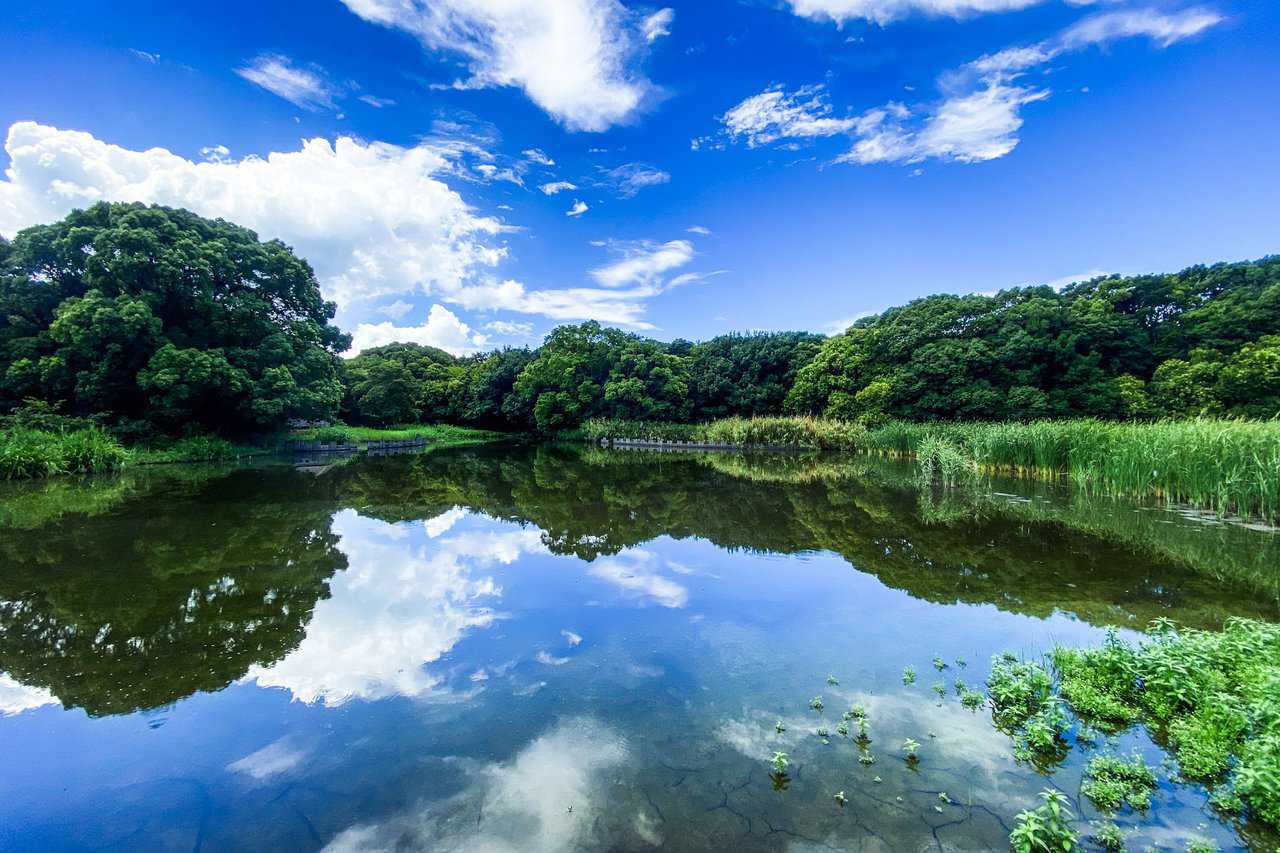As Tokyo’s tourism industry has experienced a remarkable revival since last year, the principles of sustainable tourism, societal impact, and cultural heritage preservation have become more critical than ever. In light of the influx of visitors, it is essential to promote responsible travel practices that minimize negative environmental impacts and support local communities.
To that end, Tokyo and Around Tokyo continues to champion sustainable tourism through social media, showcasing unique destinations in Tokyo and the surrounding prefectures of the Kanto region. These places not only offer authentic experiences but also actively contribute to the preservation of local culture and traditions.
To facilitate easy and eco-friendly travel, visitors can take advantage of discount passes offered by Japan Rail (JR), ensuring a convenient and sustainable way to explore these hidden gems.
As we embark on this journey of discovery, let us embrace sustainable travel practices to responsibly manage the impacts of increased tourism.
- Naya Saryo Meguru: Farm-to-Table Cuisine With an Eye on the Future in Saitama Prefecture
- Yatsuhigata: A Biodiversity Haven in Chiba Prefecture
- Sokichi’s Kiriko Workshop: Sharing the Secrets of a Traditional Craft in Tokyo
- Mottainai Shokudo: Reinventing Sustainable Dining with Style in Kanagawa
- Save Money on Your Trip with the JR Pass
Naya Saryo Meguru: Farm-to-Table Cuisine With an Eye on the Future in Saitama Prefecture
Located in the rural outskirts of urban Tokorozawa, Naya Saryo MEGURU (納屋茶寮MEGURU) isn’t the sort of place you’ll accidentally stumble upon, but for those who make an effort, it’s a true farm-to-table hidden gem in Saitama Prefecture.
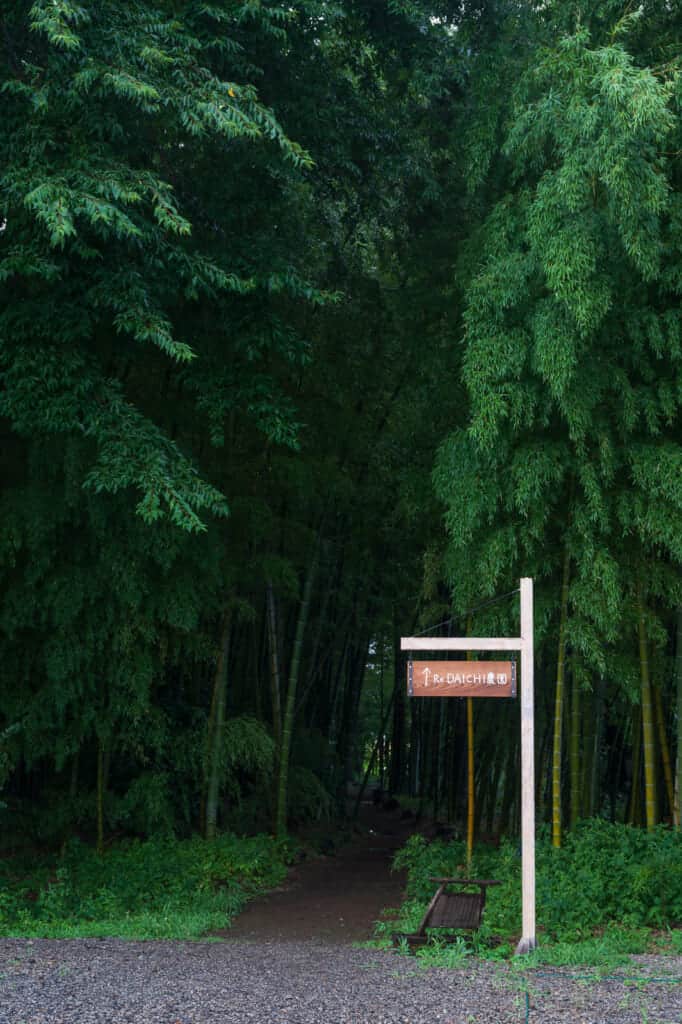
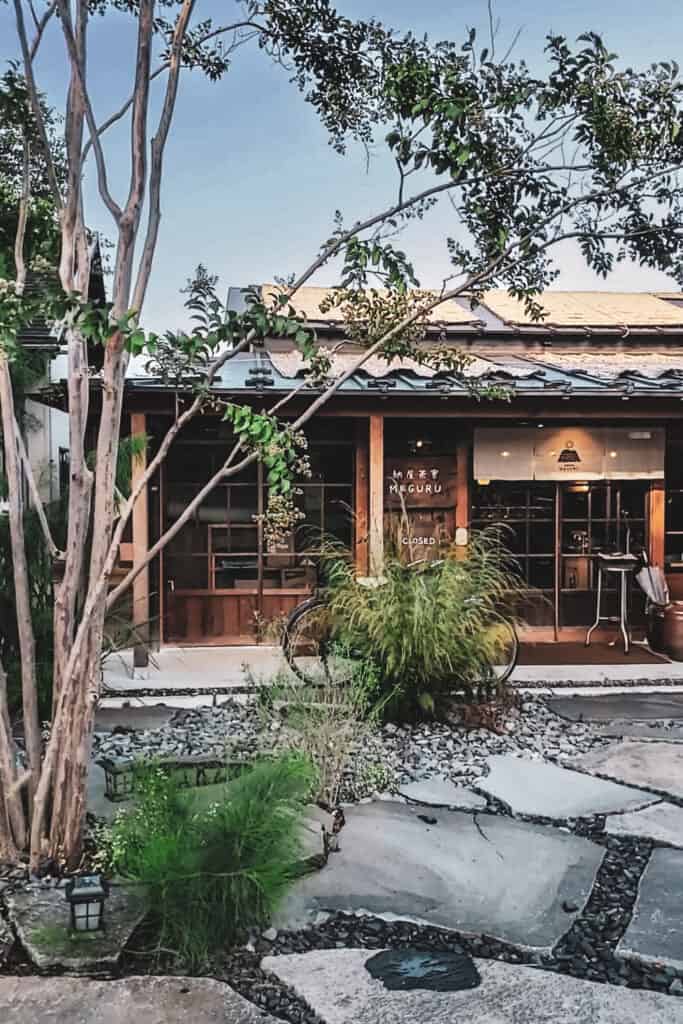
Meguru is one of several restaurants located on the grounds of Santome Konjaku Village. At this facility, people can interact with nature through forest walks, day camping, farming experiences, and many other activities. Creating the village was a labor of love; the forest was once neglected and used as an illegal dumping ground for people to get rid of unwanted household items. After years of efforts to revitalize the forest, the land has received “AAA” certification from a major Japanese environmental organization since 2012. This spirit of caring for the environment is the inspiration of Meguru and its parent, Ishizaka Organic Farm, also located in the village.
Ishizaka uses a cyclical farming method based on practices widely used during the Edo Period, which is believed to have been a cutting-edge society in terms of environmental conservation. Using fallen leaves and biodiverse waste, the land is fertilized using only organic materials naturally found in forest and fields in the area. This ancient form of farming enables Ishizaka to grow highly nutritious vegetables packed with flavor.
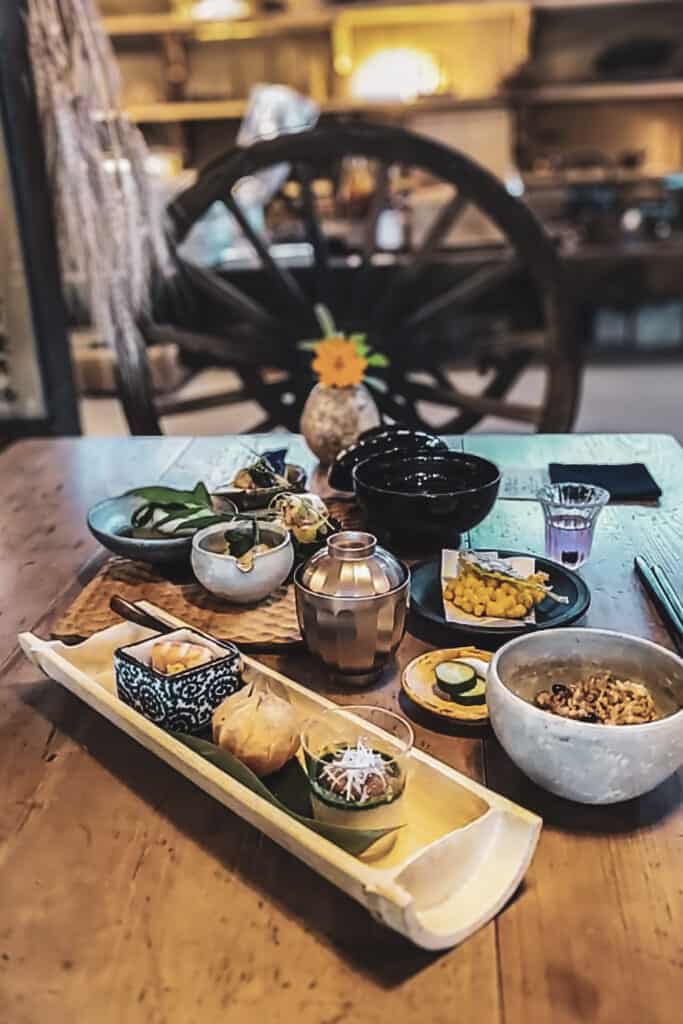
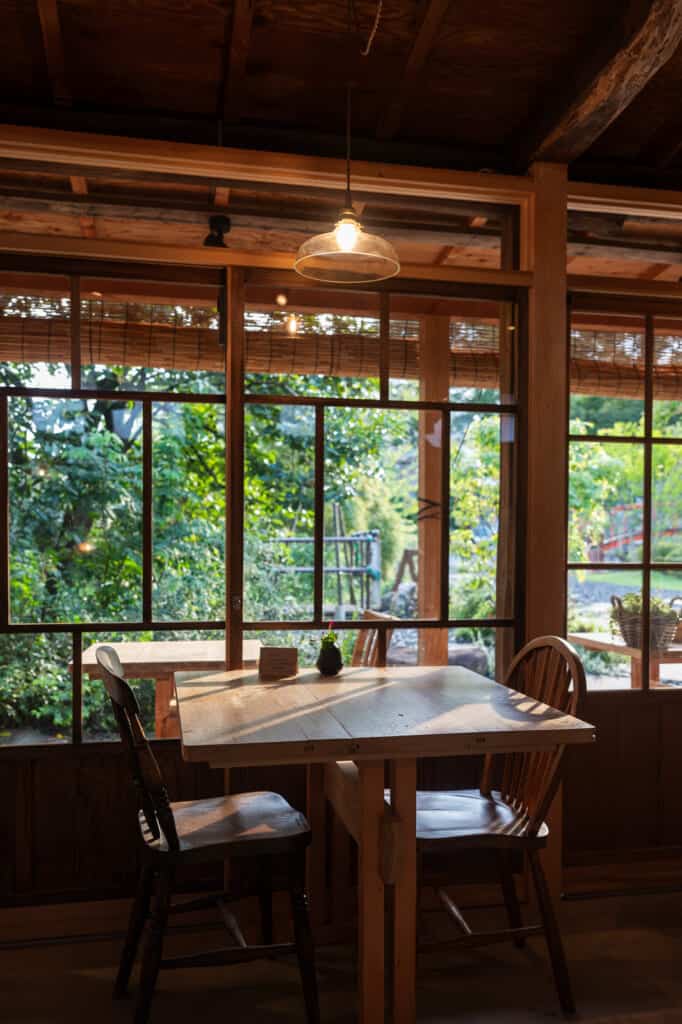
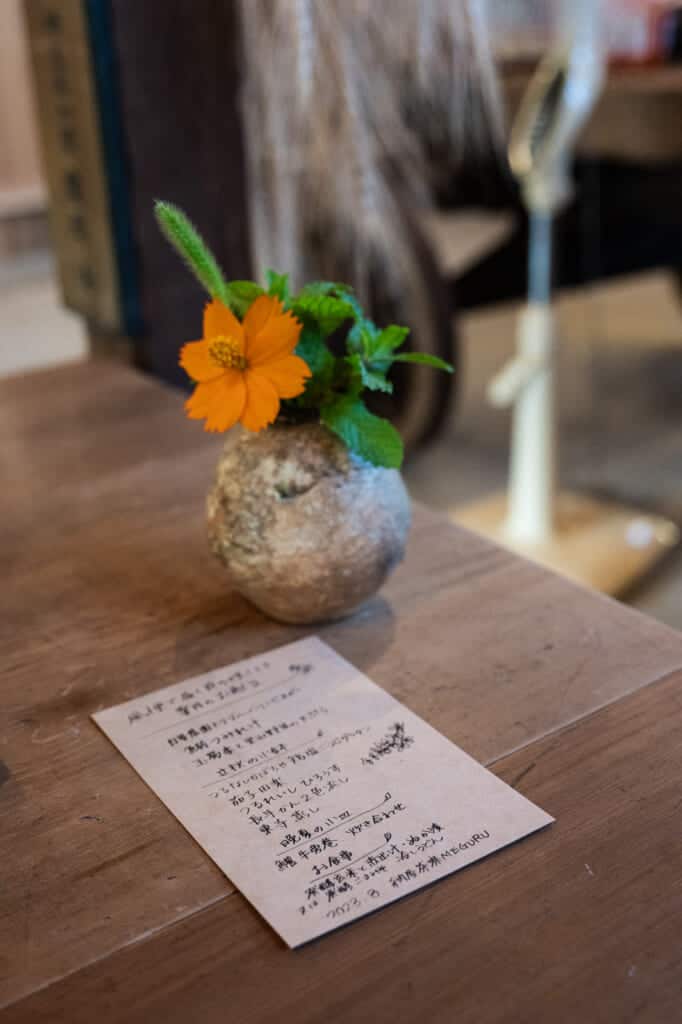
It is those vegetables that Meguru uses to produce some of the most incredible farm-style dishes you will ever taste. The flavors of even the most simple vegetables are rich and complex, and the ingredients are prepared by farmers or companies occupying the Santome Konjaku Village. Tempura made with sweet corn and wild grass, fermented brown rice and handmade udon are a few examples from the set menu, which changes monthly. Wildflower tea and sweet amazake, both produced on the farm, complement the flavors of the meals.
To minimize food waste, you’ll be encouraged to make a reservation in advance to eat at Meguru, a small thing that customers can do to help contribute to the mission of the farm and restaurant. But every little thing helps; ask the folks at Meguru, who have spent years creating something special for future generations to enjoy.
Yatsuhigata: A Biodiversity Haven in Chiba Prefecture
On the fringe of urban expansion near Tokyo Bay, the Yatsuhigata Nature Observation Center (谷津干潟自然観察センター) in Chiba Prefecture emerges as an oasis in the bustling outskirts of the city. This 40-hectare sanctuary, located in Narashino City, is a critical refuge and stopover for a plethora of migratory birds during their course from the icy reaches of Siberia to the balmy shores of Australia. Its unspoiled mudflats have an abundance of worms, clams, and plankton, vital nourishment for these feathered voyagers.
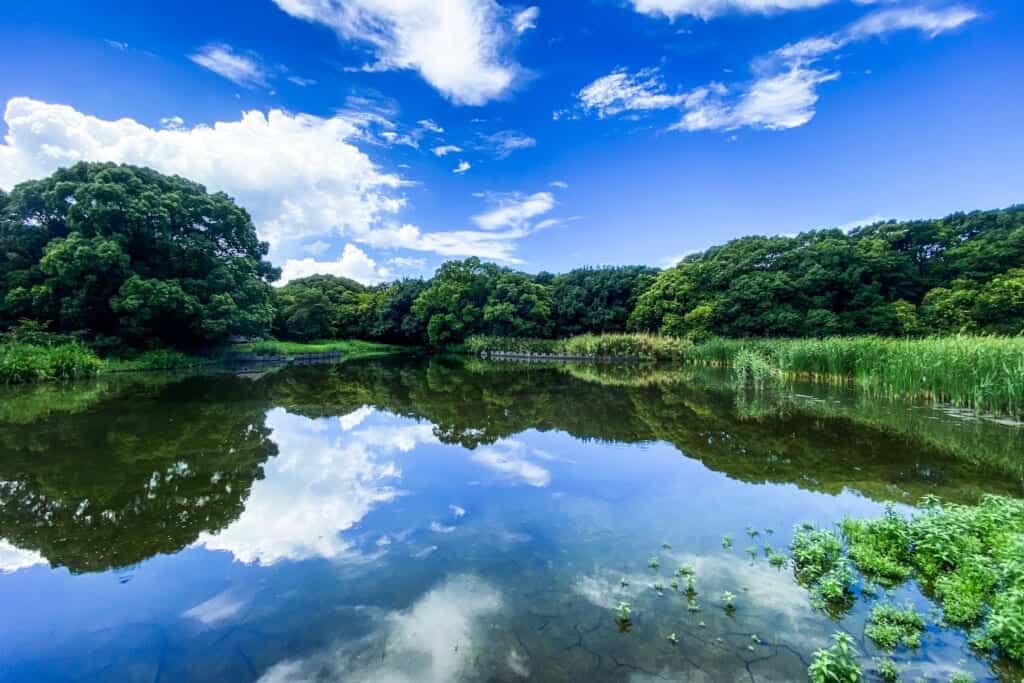
The establishment of the Observation Center marked a significant stride in the fight against land development threats in the late 20th century, ensuring the protection of this vital ecological site. Recognized internationally through its designation as a Ramsar Site (a wetland area of international relevance according to the Ramsar Convention) in 1993, Yatsuhigata underscores the global importance of local conservation efforts.
Upon entering the Observation Center, you are immediately drawn into the captivating and lush landscape. The architectural design, featuring extensive glass facades, dissolves the barrier between people and nature, offering unobstructed views of the tidal rhythms and the birds gracing the skies and waters. This is made even better by several spotting telescopes freely available on the observation deck for to make the most of bird-watching.
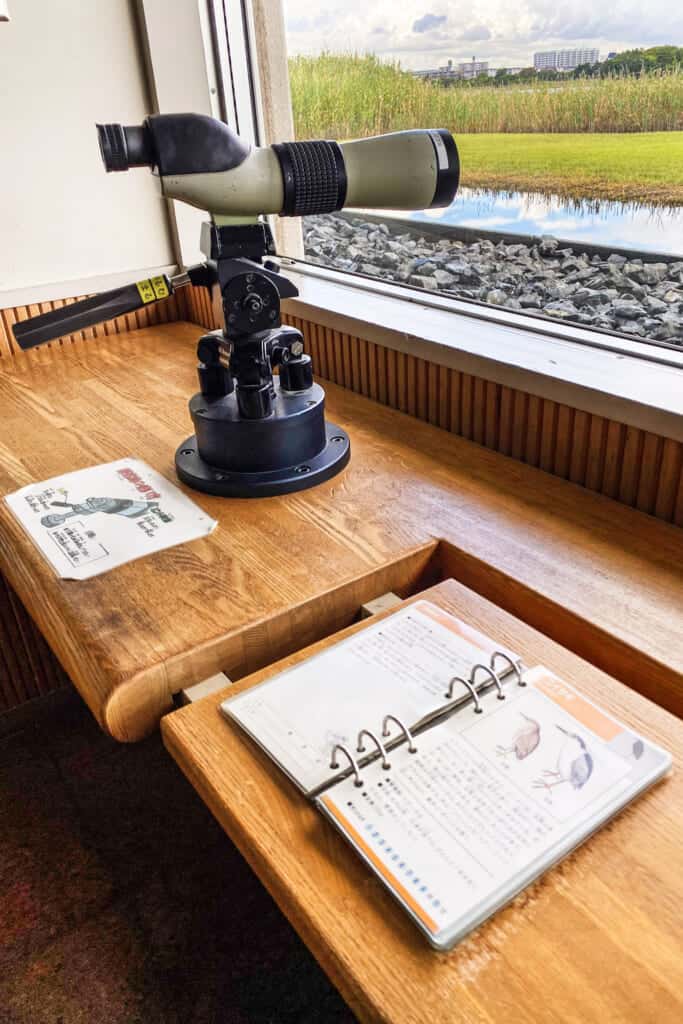
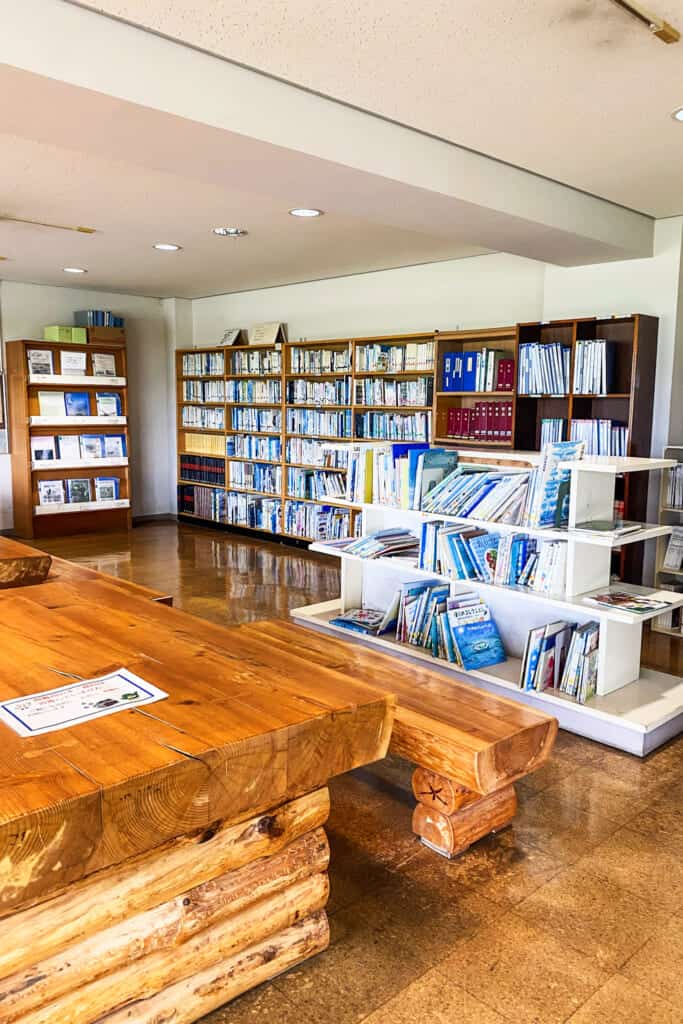
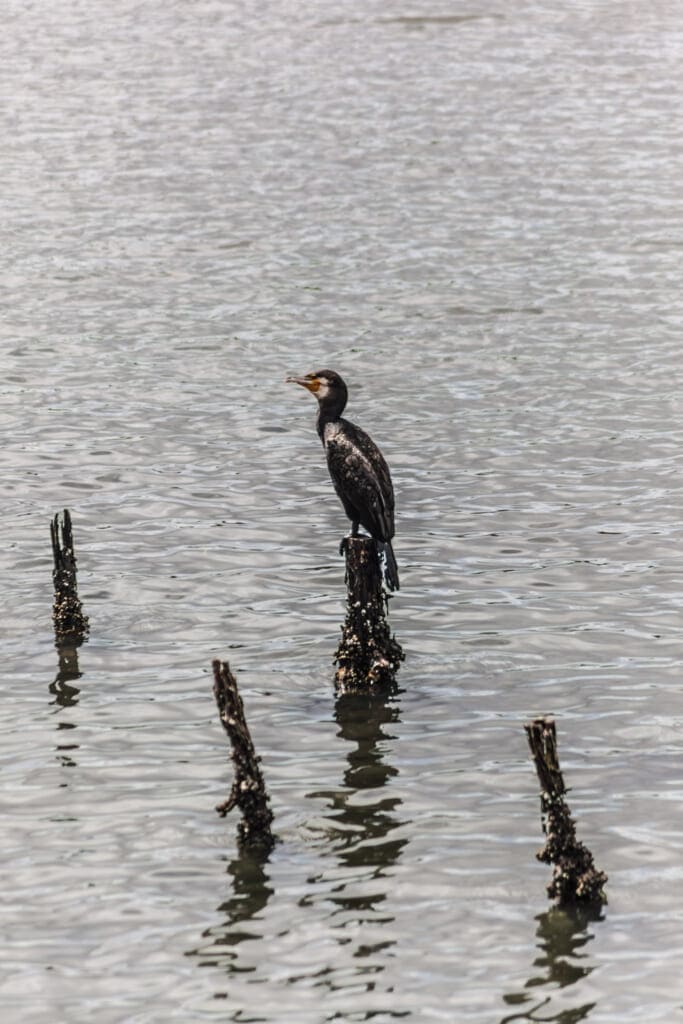
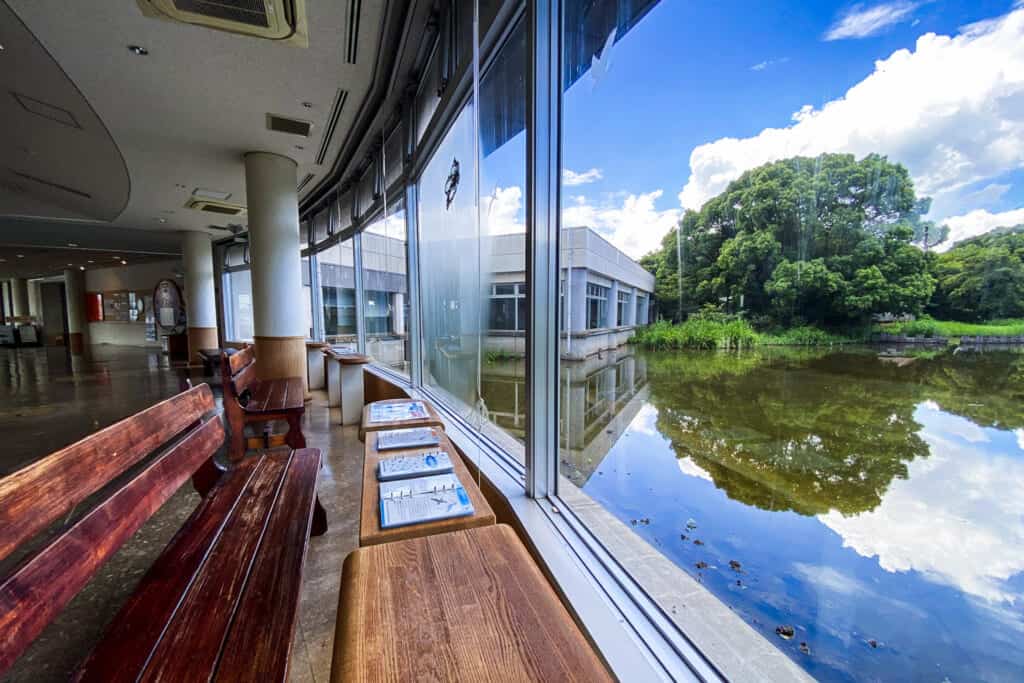
The experience at Yatsuhigata extends beyond observation, serving as an educational hub where conservation and learning converge. Interactive exhibits and the resident rangers’ insights underscore the vital significance of every creature and the crucial role of wetlands in the ecosystem. This impactful experience transforms visitors, fostering a commitment to environmental stewardship.
The Yatsuhigata Nature Observation Center exemplifies the essence of sustainable tourism, showcasing how engagement and ecological integrity are compatible with a landmark that is attractive to visitors. It illustrates that even in close proximity to urban landscapes, it is possible to preserve pockets of natural wonder, fostering a sense of community and a collective resolve to protect our shared natural heritage.
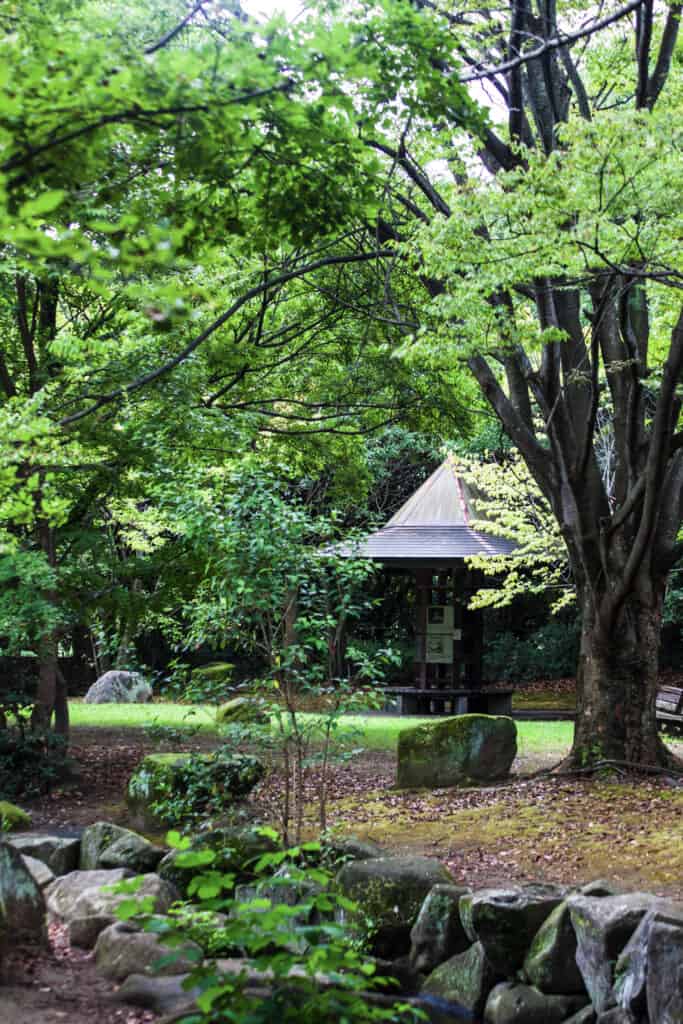
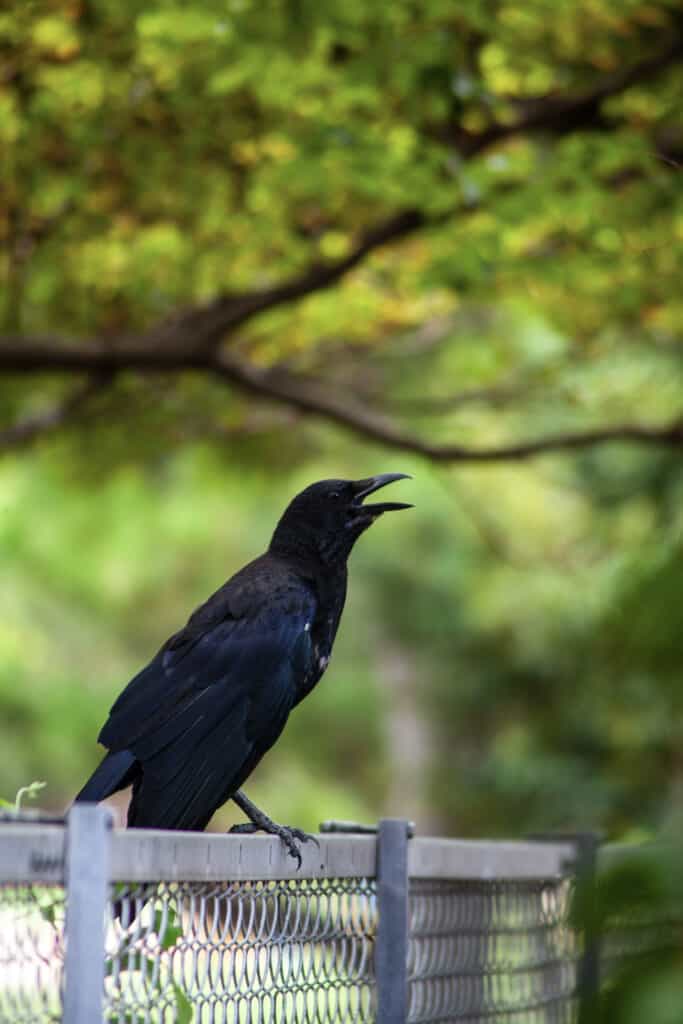
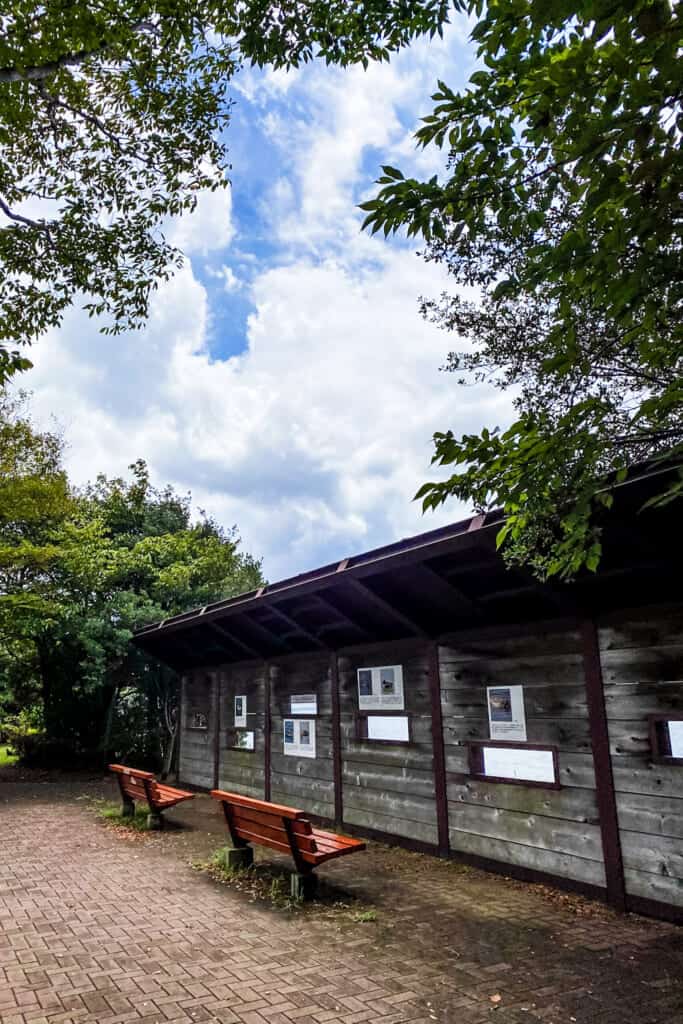
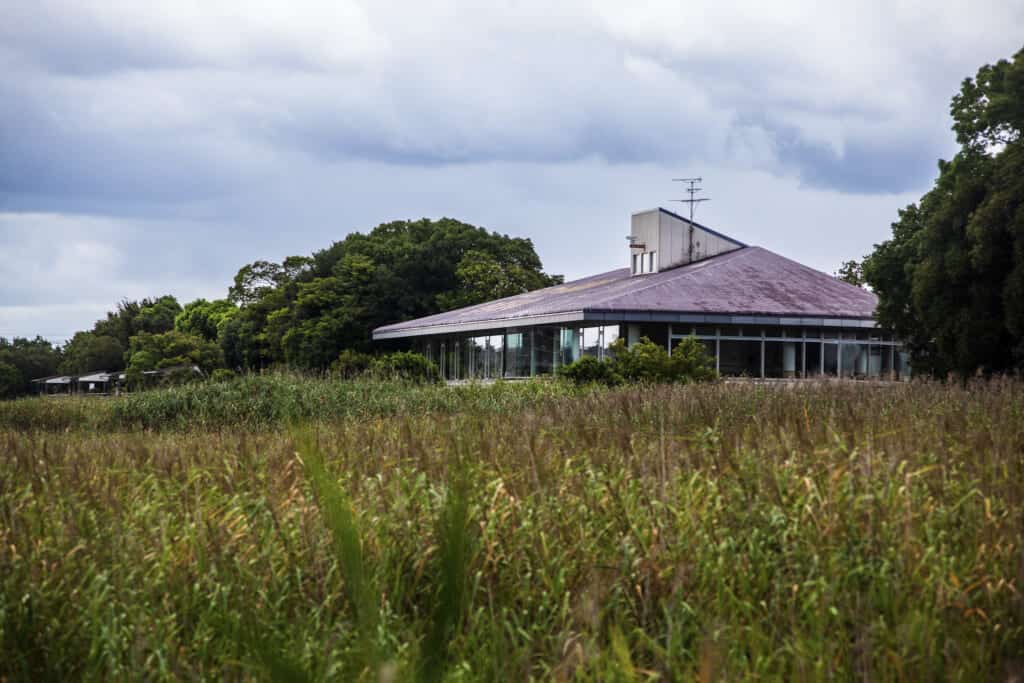
The Nature Observation Center facility is not the only available observation deck (although it’s the only one with telescopes), with several more located around the entire wetland. This is also a beautiful place for a relaxed walk or an energizing jog close to nature without leaving the city. But the significance of the Yatsuhigata wetlands extends beyond providing a retreat from urban life. They are crucial ecosystems that illustrate the intricate interconnectedness of all living things. These sanctuaries serve as a powerful reminder of the urgent need to not only appreciate the wonders of nature but also to actively protect and preserve them for future generations.
In an era where the delicate balance between development and conservation is increasingly threatened, Yatsuhigata emerges as a symbol of hope and a model for sustainable coexistence with the natural world. It invites us to contemplate our role in maintaining this fragile equilibrium and to embrace our responsibility to safeguard the irreplaceable treasures of our planet.
Sokichi’s Kiriko Workshop: Sharing the Secrets of a Traditional Craft in Tokyo
Tucked away a mere 30-second stroll from Asakusa Station lies Sokichi’s Kiriko Workshop (切子体験教室の創吉), a hidden gem that captivates both the curious and the crafty to explore the delicate craft of Edo-Kiriko glass-cutting. This intricate art form, with a history extending over 180 years, involves the delicate cutting of glass to create stunning patterns and designs.
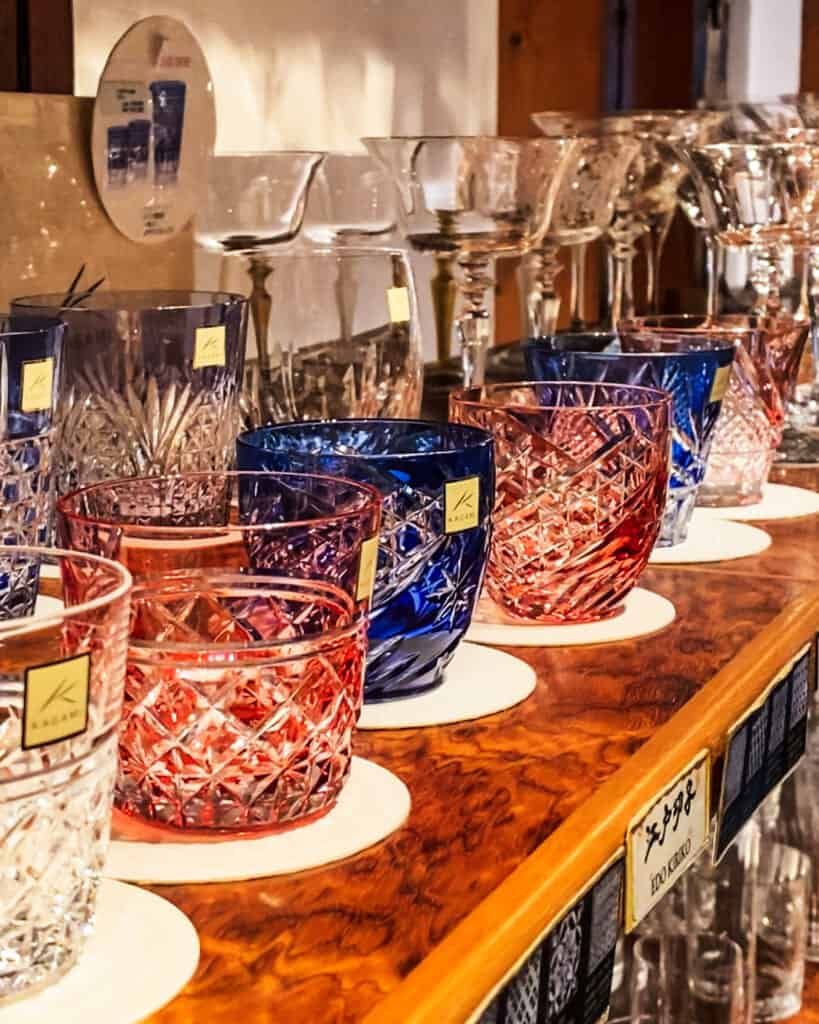
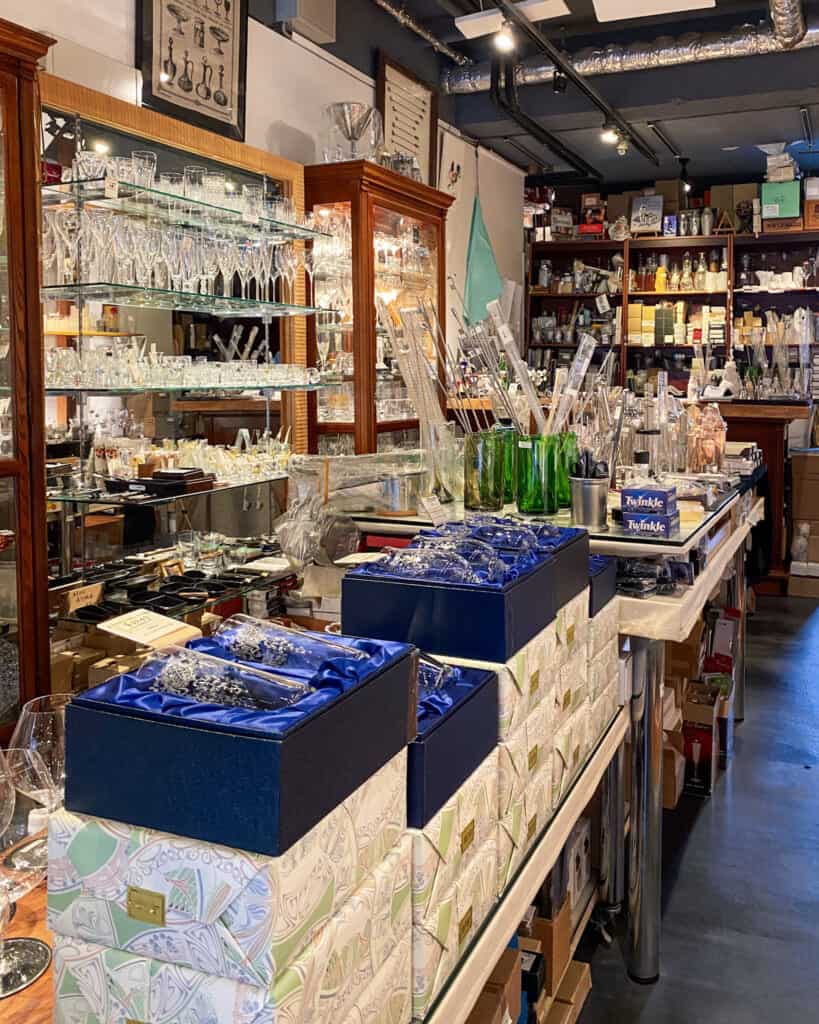
Edo-Kiriko is characterized by its vivid, faceted designs cut into colored glass, a technique that emerged during the Edo Period in Tokyo. This craft is celebrated for its blend of artistic beauty and functional elegance, often seen in items ranging from small drinking glasses to elaborate decorative pieces. At Sokichi’s, visitors can immerse themselves in this cultural heritage, guided by skilled artisans who offer insights into the craft’s history, techniques, and its significance in Japanese culture.
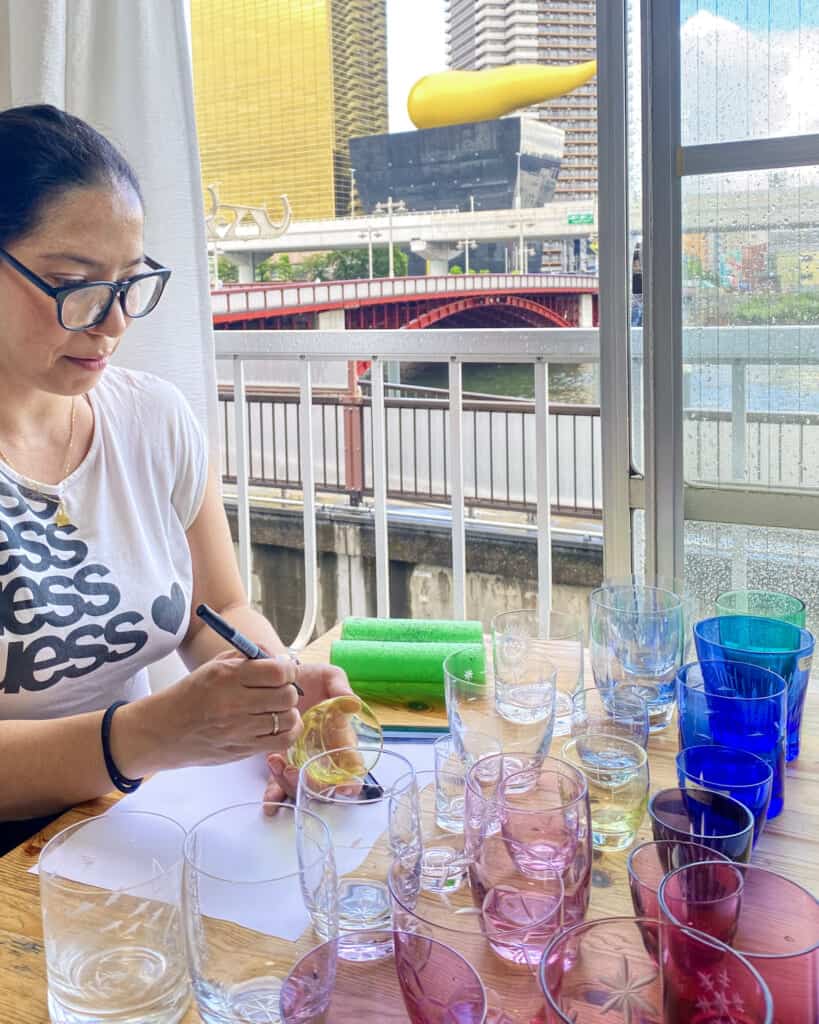
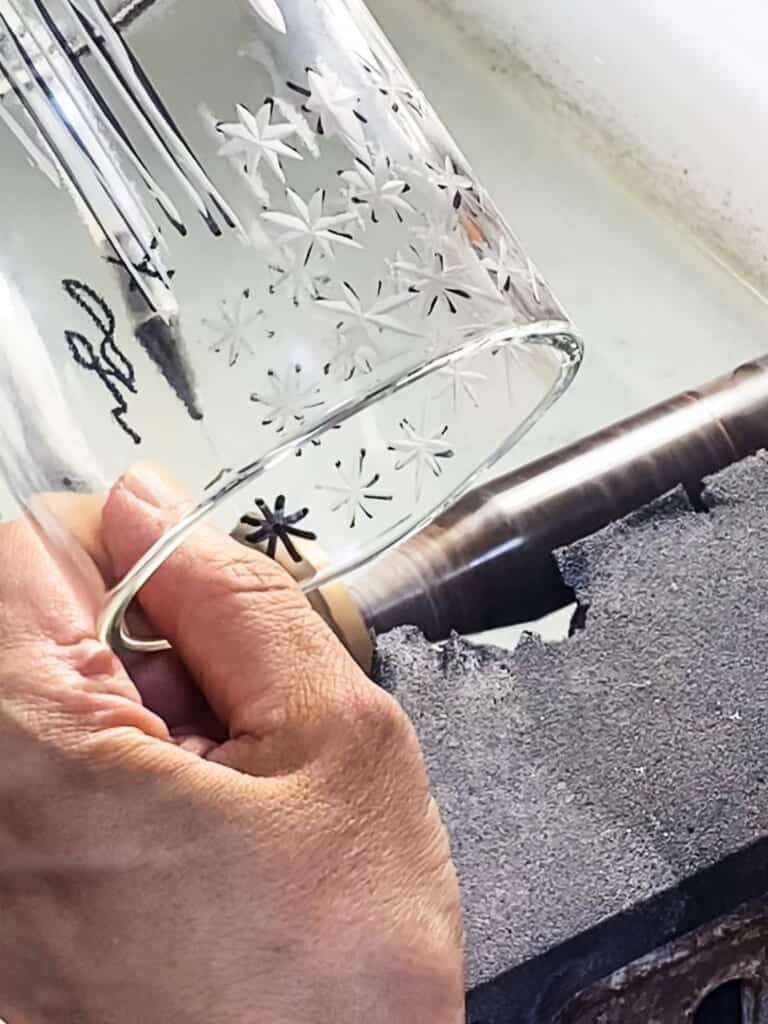
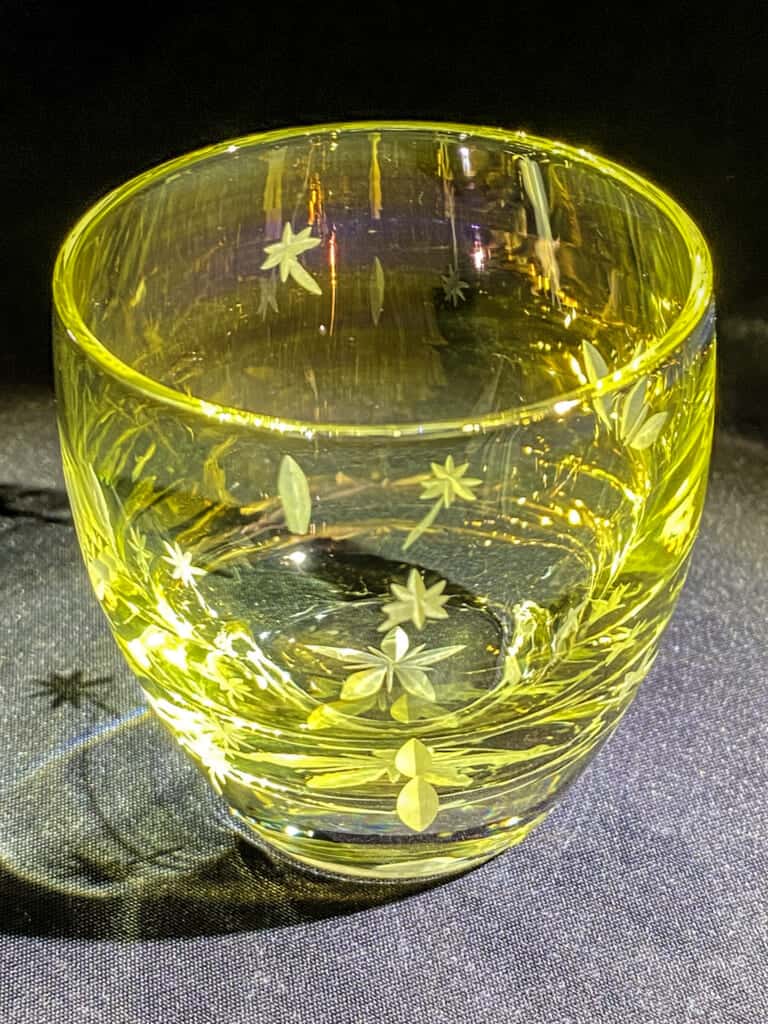
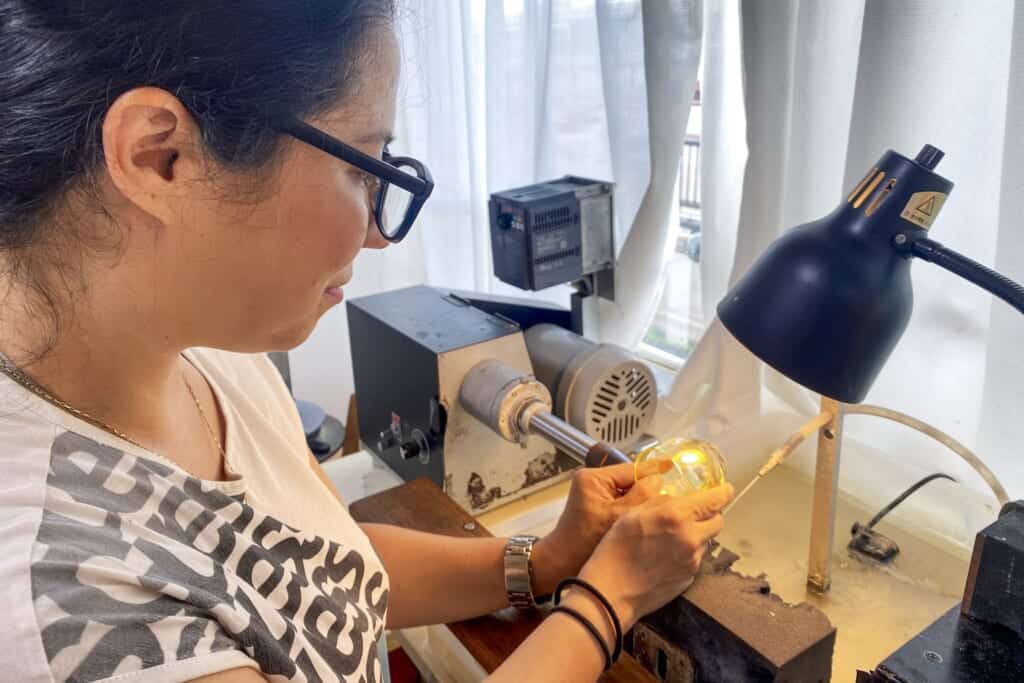
Participants at Sokichi’s have the opportunity to select from over twenty types of glasses and numerous design samples. The workshop is accessible to individuals of all skill levels, from beginners to seasoned enthusiasts. Children are also welcome. The workshop is designed to be an informative session where participants not only learn about the craft but also actively engage in creating their own Kiriko glass piece. This hands-on approach ensures that visitors leave with not just a deeper appreciation for Japanese craftsmanship but also a personalized memento of their experience.
Sokichi’s Kiriko Workshop aligns with sustainable tourism practices by inviting tourists to partake in local culture in a manner that supports and preserves traditional arts. It provides an intimate look into the meticulous skills required for Kiriko glass-making and encourages the conservation of these techniques through active participation.
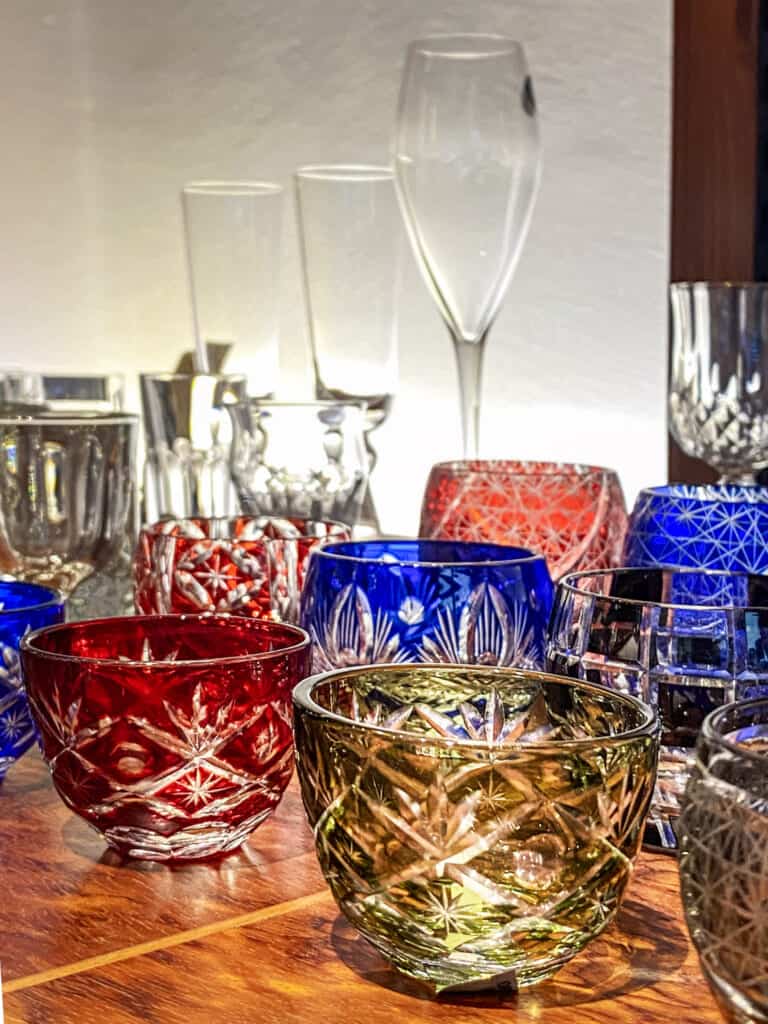
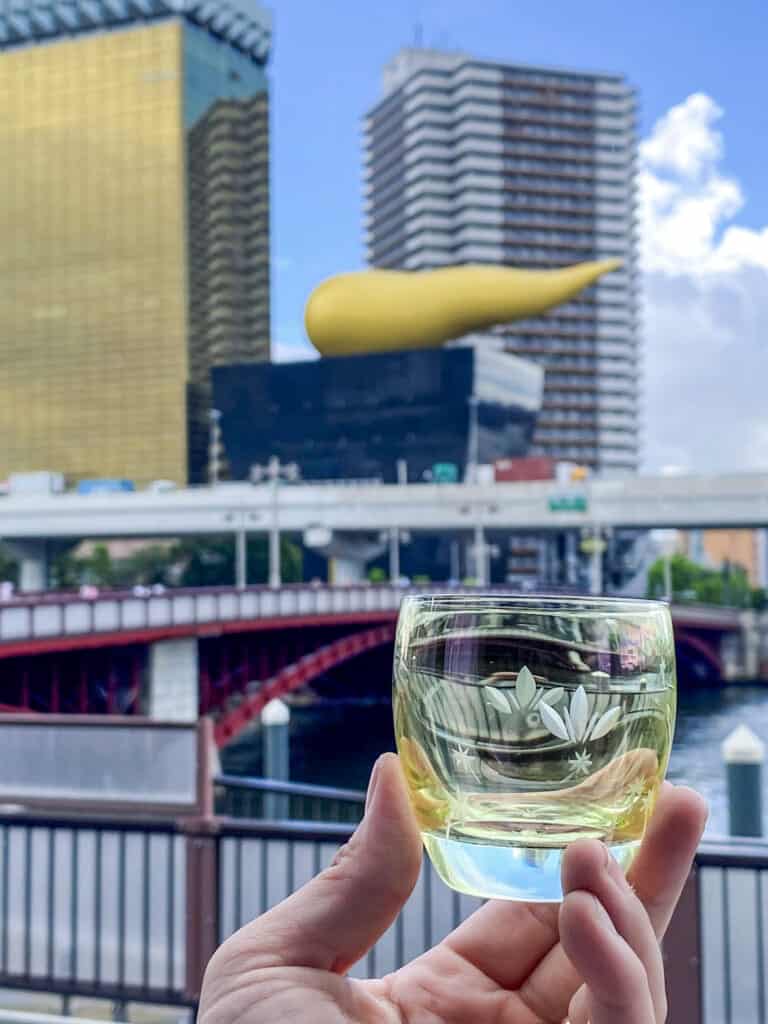
Located in Asakusa, an area rich in historical and cultural sites, Sokichi’s offers a perfect complement to the exploration of Tokyo’s local heritage. The workshop’s accessibility and the option to take home a handcrafted piece on the same day make it an appealing activity for those looking to experience a hands-on cultural activity in the heart of the city. By participating in a session at Sokichi’s, visitors gain insight into the world of Edo-Kiriko, from understanding the basics of glass cutting to appreciating the cultural nuances that make this craft a cherished part of Tokyo’s artistic legacy.
Mottainai Shokudo: Reinventing Sustainable Dining with Style in Kanagawa
Mottainai Shokudo (もったいない食堂 三浦海岸店), in the scenic vicinity of Miura Kaigan in Kanagawa Prefecture, is a restaurant that epitomizes the concept of sustainability through its innovative culinary practices. Opened in April 2022, this establishment is pioneering a movement towards minimizing food waste by harnessing surplus ingredients from local organic farms and fisheries, embodying the Japanese ethos of ‘Mottainai’, which conveys a sense of regret over waste.
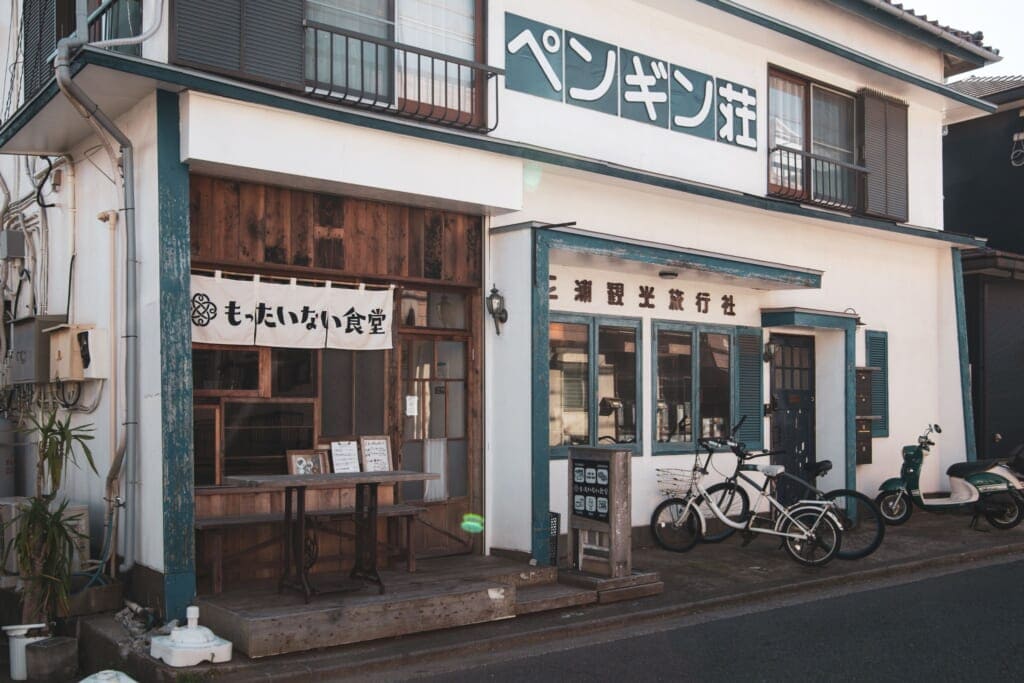
This restaurant’s unique approach centers around the creative utilization of ingredients that are often discarded due to aesthetic imperfections or market surplus, such as vegetables with non-standard shapes or sizes and seafood deemed unsuitable for conventional sale. By doing so, Mottainai Shokudo not only provides a solution to the pressing issue of food wastage but also ensures that these perfectly edible ingredients do not end up in landfills, thereby contributing to environmental conservation.
The menu at Mottainai Shokudo really shows the restaurant’s commitment to sustainability, with dishes crafted from the day’s available surplus ingredients. This dynamic menu model means that patrons are treated to an ever-changing array of dishes, each visit promising a new delicious specialty. Fresh sashimi platters featuring locally caught fish or hearty vegetable curries packed with organic produce are just a small sample of the chef’s ever-changing display of creativity, as the restaurant showcases the potential of these overlooked ingredients to be transformed into gourmet fare.
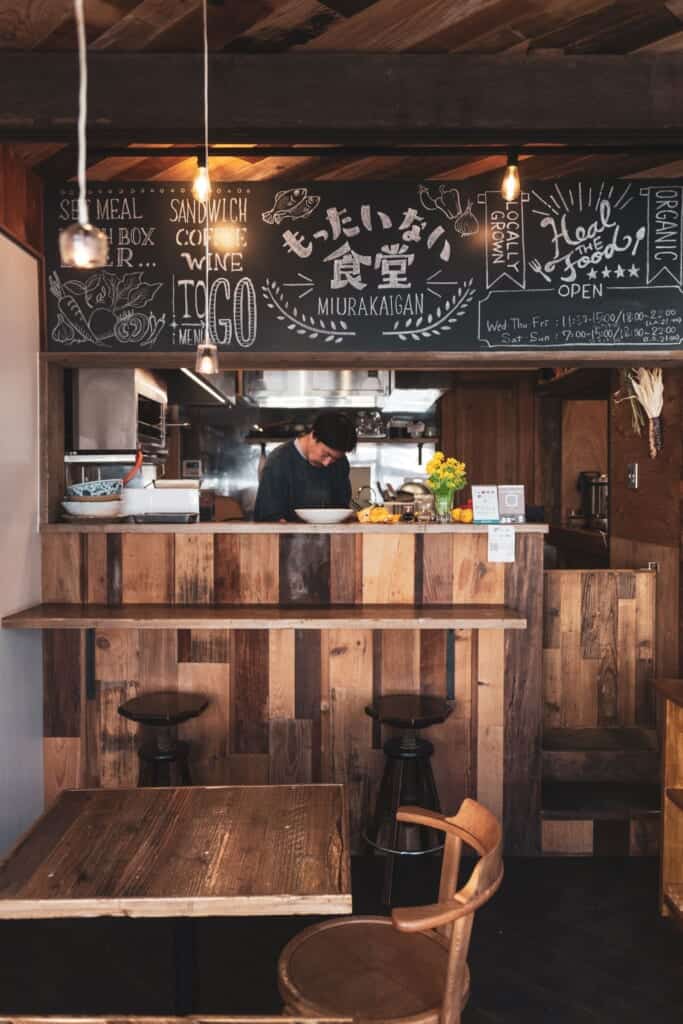
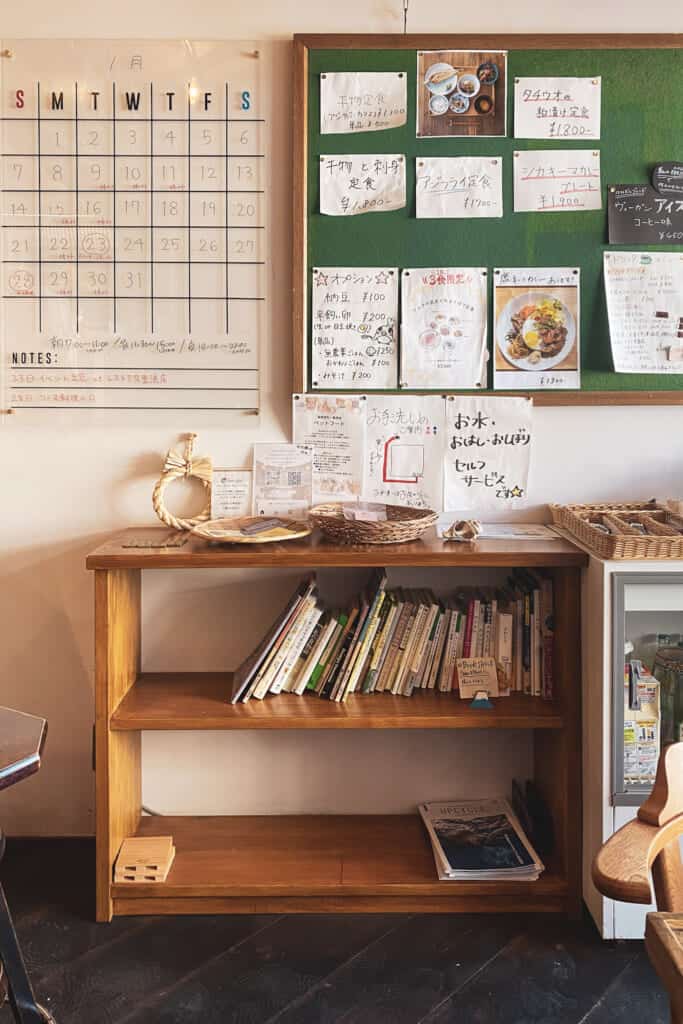
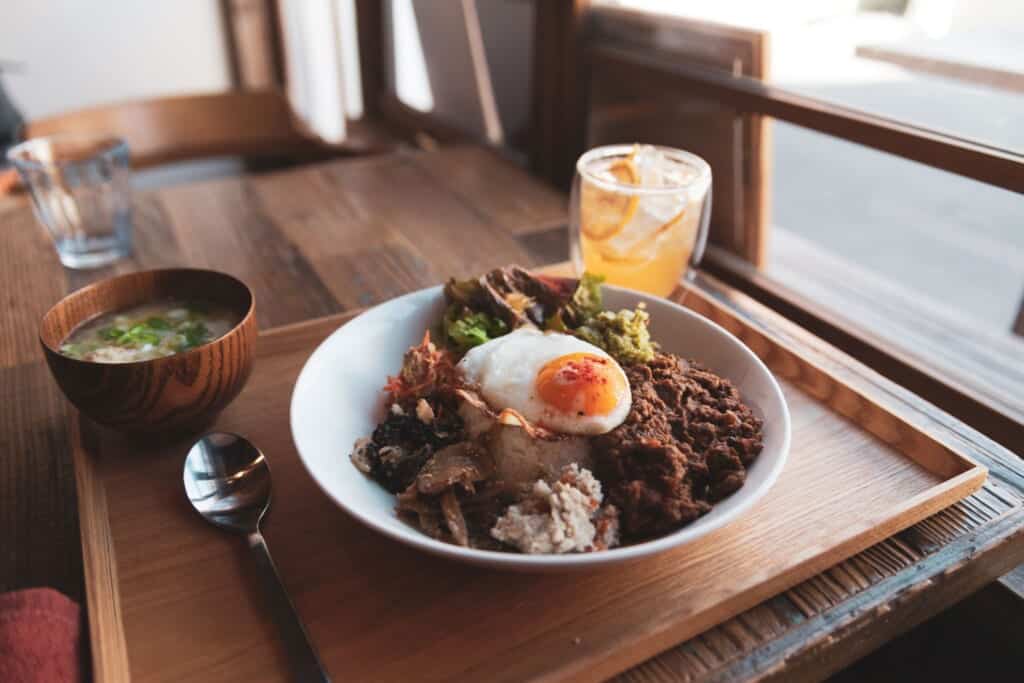
Beyond its menu, Mottainai Shokudo’s impact extends to fostering community support and promoting responsible consumption practices among its patrons. The restaurant serves as a platform for educating consumers about the importance of sustainability in the food industry, encouraging them to make more environmentally conscious choices in their daily lives.
The restaurant’s interior, with its warm, inviting ambiance, reflects its sustainable ethos. Utilizing repurposed materials and natural elements, the decor underscores the establishment’s commitment to minimizing its environmental footprint. Furthermore, its open kitchen allows diners to witness the transformation of surplus ingredients into exquisite dishes, enhancing the dining experience by connecting them more closely to the source of their food.
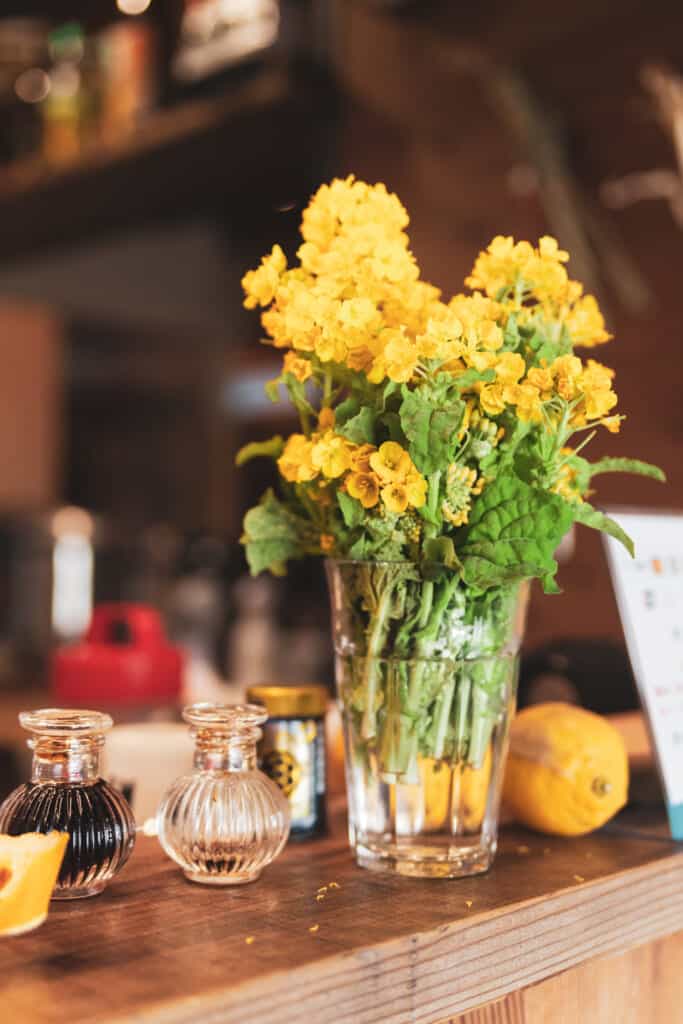
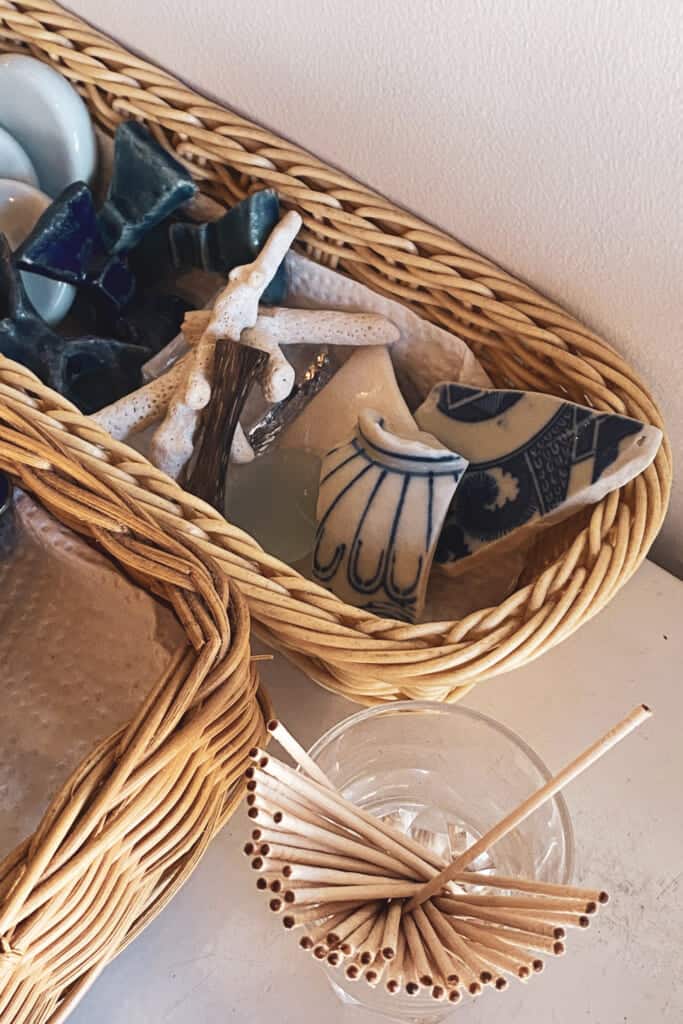
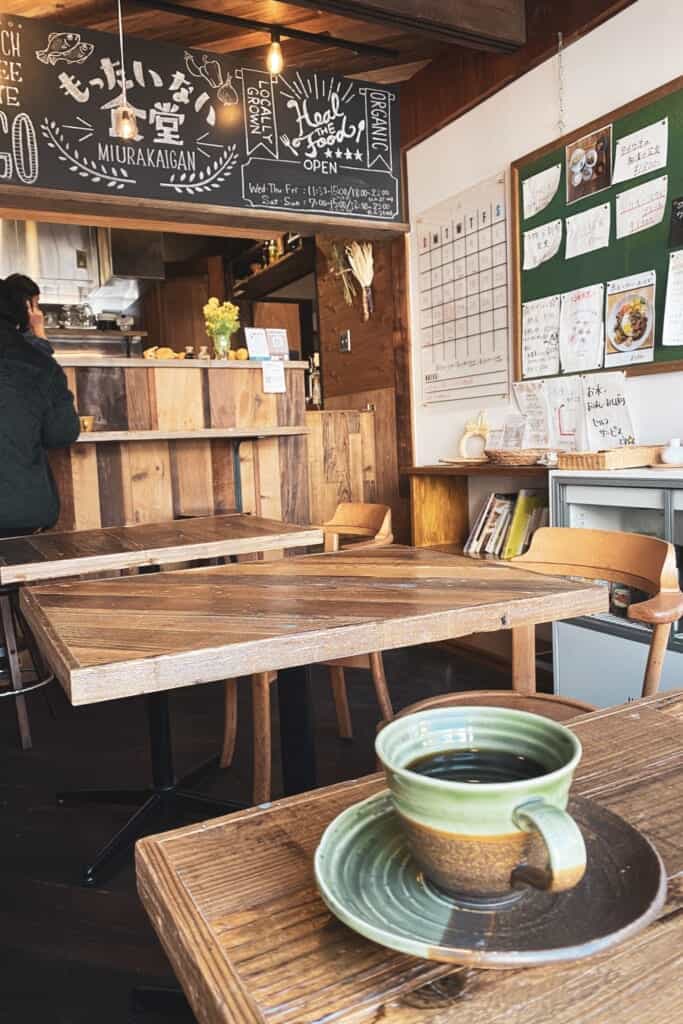
Mottainai Shokudo’s innovative approach to sustainable dining has garnered attention not only for its environmental impact but also for its contribution to local economies. By sourcing ingredients from nearby farms and fisheries, the restaurant supports local producers, fostering a sense of community and mutual support that is crucial for sustainable development.
The sustainable practices at Mottainai Shokudo have elevated it beyond a mere dining destination to a symbol of environmental responsibility. Through its innovative use of surplus ingredients, dynamic menu, and community-oriented approach, it challenges conventional restaurant norms and inspires a shift towards more sustainable and responsible food consumption. As the world grapples with the challenges of food wastage and environmental degradation, Mottainai Shokudo stands as a testament to the positive impact that thoughtful culinary practices can have on our planet and our communities.
Save Money on Your Trip with the JR Pass
If you’re planning a trip to Japan and intend to venture beyond Tokyo to explore the Kanto area using public transportation, consider utilizing discount transportation passes to save money. One such pass is the JR TOKYO Wide Pass, which offers unlimited travel for three days on many train lines within the Kanto area, including Saitama, Chiba, Tokyo, and Kanagawa. This pass is available to both foreign passport holders living in Japan and overseas visitors.
Be sure to check out our other articles about more of the best examples of sustainable tourism in and around Tokyo:
The Best Examples of Sustainable Tourism in Niigata, Nagano, and Yamanashi for 2024
The Best Examples of Sustainable Tourism in Fukushima, Tochigi, Ibaraki, and Gunma for 2024
By using the JR Pass, you can easily access various destinations in and around the Kanto region, including those that showcase historical and cultural significance. Your visit contributes to preserving their legacy and fostering a better future for these places. When you consciously choose to visit these destinations, you help them continue making a positive impact in their local communities. In return, you’ll gain the satisfaction of experiencing authentic connections and exploring beyond the surface during your journey.
If you’re intrigued by these unique destinations, be sure to follow Tokyo and Around Tokyo on social media. Join us on Facebook and Instagram to discover more sustainable tourism options and endless possibilities in and around Tokyo.
Sponsored by: Greater Tokyo Tourism Organization


